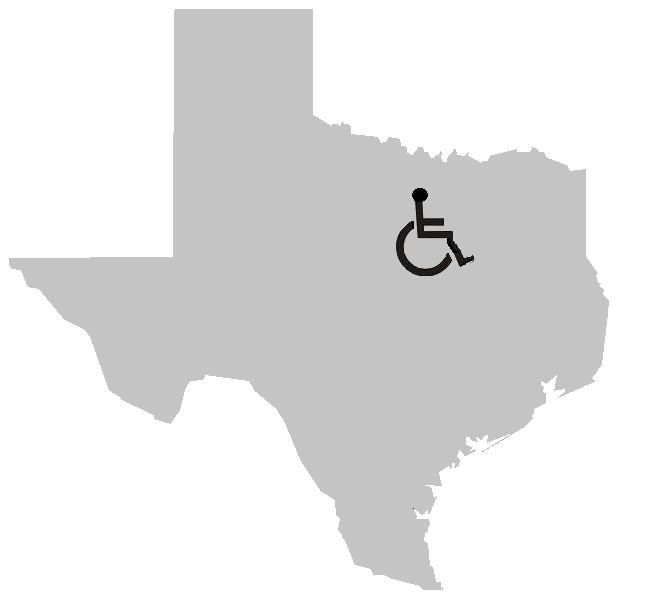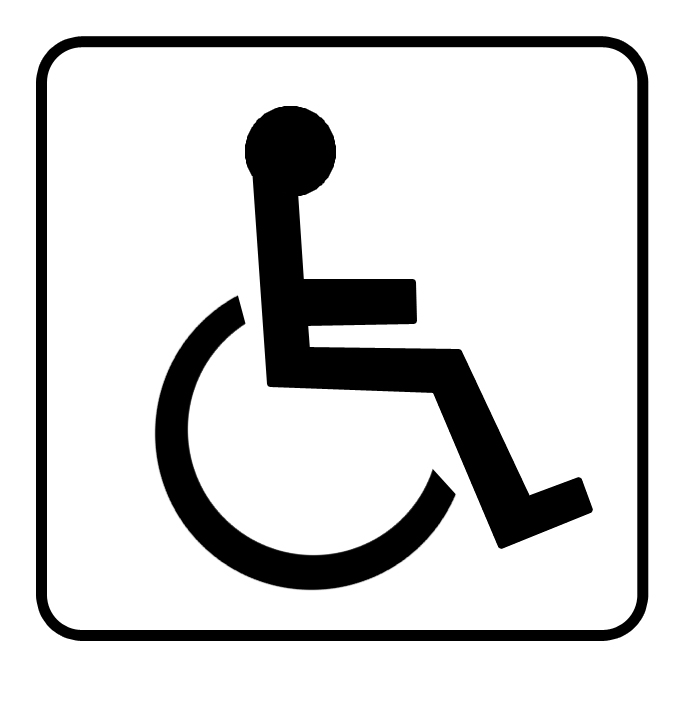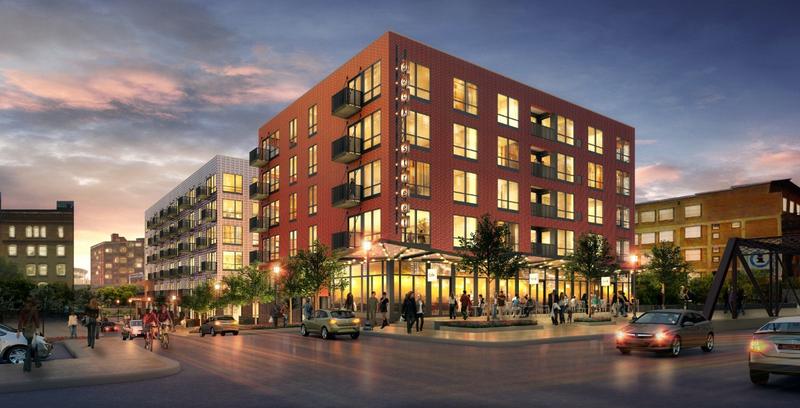Accessibility Consultants
Meyer Inspection Services LLC dba Accessibility Consultants 323 W. Agarita San Antonio TX. 78212
 | ||||||
210-250-1651 (C) 210-370-7734 (O) Steve@accessibility-consultants.com
Fair Housing Act
The Fair Housing Act requires all "covered multifamily dwellings" designed and constructed for first occupancy after March 13, 1991 to be accessible to and usable by people with disabilities. Covered multifamily dwellings are all dwelling units in buildings containing four or more units with one or more elevators, and all ground floor units in buildings containing four or more units, without an elevator. Federal regulations adopted by the Department of Housing and Urban Development at 24 CFR 100.201 define covered multi-family dwellings.he Fair Housing Act requires all "covered multifamily dwellings" designed and constructed for first occupancy after March 13, 1991 to be accessible to and usable by people with disabilities. Covered multifamily dwellings are all dwelling units in buildings containing four or more units with one or more elevators, and all ground floor units in buildings containing four or more units, without an elevator. Federal regulations adopted by the Department of Housing and Urban Development at 24 CFR 100.201 define covered multi-family dwellings.
The Fair Housing Act requires seven basic requirements that must be met to comply with the access requirements of the Act. Those Requirements are:
Requirement 1. An accessible building entrance on an accessible route.
Requirement 2. Accessible common and public use areas.
Requirement 3. Usable doors (usable by a person in a wheelchair).
Requirement 4. Accessible route into and through the dwelling unit.
Requirement 5. Light switches, electrical outlets, thermostats and other environmental controls in accessible locations.
Requirement 6. Reinforced walls in bathrooms for later installation of grab bars.
Requirement 7. Usable kitchens and bathrooms.
Title III of the ADA, in relevant part, applies to commercial facilities and public accommodations. Inns, hotels, motels, and other places of lodging are public accommodations under Title III of the ADA, as are dormitories, homeless shelters, nursing homes, and some timeshares. See 28 CFR 36.104. In addition, the common areas that are for public use at "covered multifamily dwellings" under the Act must meet the ADA Standards for Accessible Design (ADA Standards). For example, a rental office in a multifamily residential development or a convenience store located in that development would be covered under Title III of the ADA. 28 CFR 36.104. Common use areas that are for use only by the residents and their guests would not be covered by the ADA.
The Fair Housing Act's design and construction requirements do not preempt the ADA and in those cases where a development is subject to more than one accessibility standard, the laws and the standards must be read together and followed together.
There are certain properties, or portions thereof, that are covered by both the Act and Title II and/or Title III of the ADA. These may include certain timeshares, dormitories, residential hotels, boarding houses, nursing homes, homeless shelters, congregate care facilities, public use portions of private multifamily dwellings, and public housing. These properties must be designed and built in accordance with the accessibility requirements of both the Act and the ADA. In addition, to the extent that the requirements of these various laws overlap, the more stringent requirements of each law must be met, in terms of both scoping and technical requirements.
In the preamble to its rule implementing Title III, DOJ discussed the relationship between the requirements of the Fair Housing Act and the ADA. The preamble noted that many facilities are mixed use facilities. For example, a hotel may allow both residential and short term stays. In that case, both the ADA and the Fair Housing Act may apply to the facility. The preamble to the Title III rule also stated that residential hotels, commonly known as "single room occupancies," may fall under the Fair Housing Act when operated or used as long term residences, but they are also considered "places of lodging" under the ADA when guests are free to use them on a short term basis. The preamble also discussed a similar analysis with respect to homeless shelters, nursing homes, residential care facilities, and other facilities where persons may reside for varying lengths of time. The preamble concluded that such facilities should be analyzed separately under both the Fair Housing Act and the ADA. 56 FR at 3551-52.
If you are building in Texas, the common use public areas are required to be reviewed and inspected to the TAS 2012. Click on the TAS link for more information.


